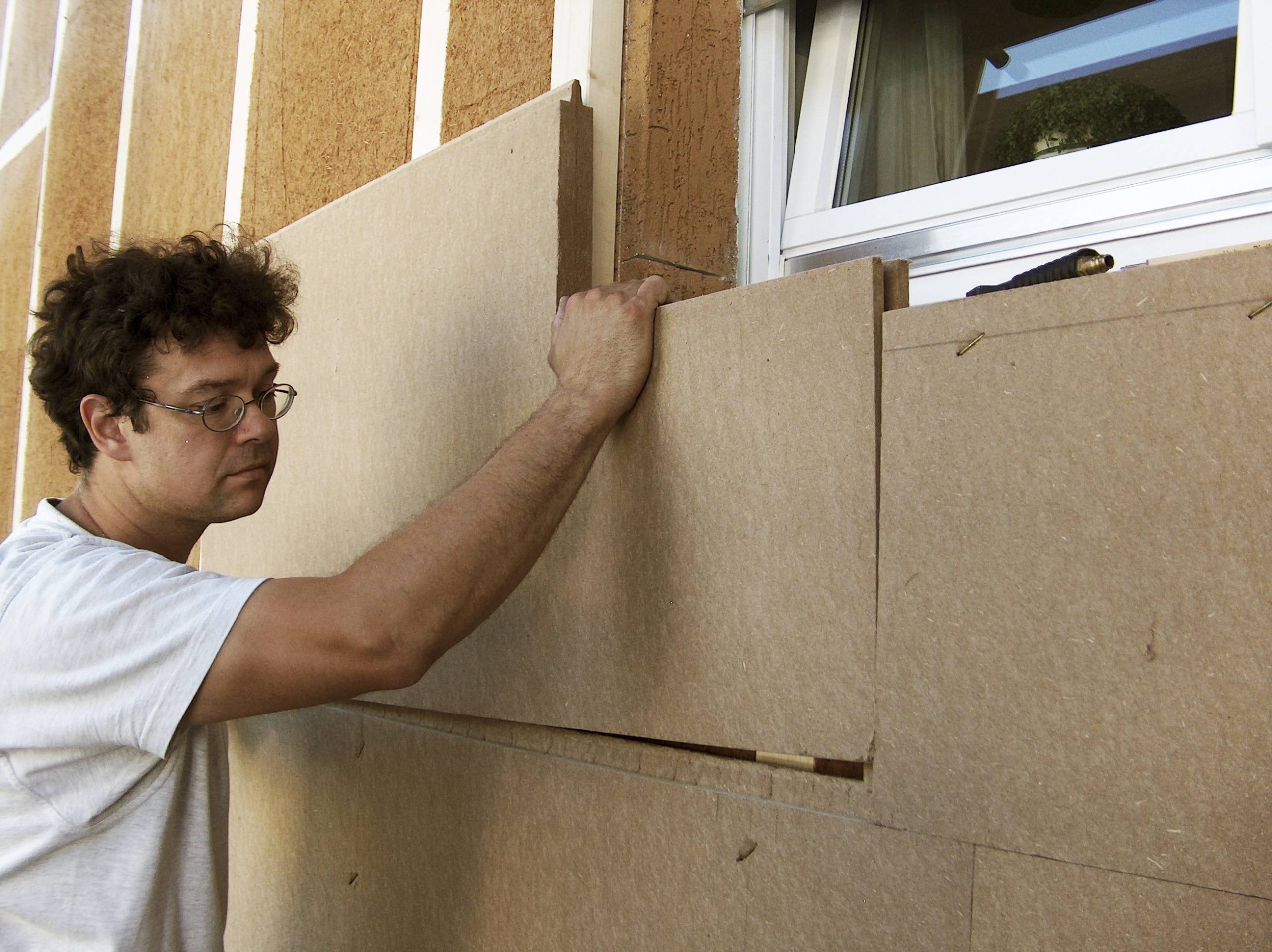Insulation not only keeps your home cooler on a hot day and warmer in the winter, it regulates internal temperatures which can cut energy costs significantly. This makes insulating your roof an investment for the future that can pay for itself over and over.
Adding insulation to your roof is easy enough if you have an accessible space and no serious moisture or mold problems. But if not, it is best to contact a professional roofing company.
R-Value
In the insulation industry, the R-value is an important measure of how well a material prevents the flow of heat. This number is usually a part of the technical data sheet provided by manufacturers.
Fiberglass, cellulose, and blown-in insulation are some examples of open-cell materials with low R-values per inch of thickness. These materials can be used for roof retrofits and as a supplement to other materials.
Closed-cell foam insulation like XPS and polyisocyanurate typically have high R-values of 4.7 to 4.9 per inch of thickness. These products can be installed under roof decks or over studs and walls to add a layer of insulation to existing structures.
The recommended R-value for a structure will vary based on geographic location and climate conditions. Energy Star has a map of recommended R-values by region.
Installation
Insulating your roof is a great way to save money and keep your house cool in summer and warm in winter. The installation process is an elaborate one and should be carried out by a professional to ensure that the structure and insulation complies with building regulations, both local and national.
Blanket insulation comes in the form of long strips or rolls of flexible fibers, most commonly fiberglass. Other options include mineral (rock and slag) wool, mineral or glass-wool cellulose, and plastic fibers. Rigid foam boards are another option that can be cut to size and used to fill any gaps in your ceiling.
It is a good idea to use safety glasses when working in the ceiling cavity to prevent dust and other particles from irritating your eyes. It is also recommended to wear gloves and a long sleeve shirt. Water is important to have as well since you may be spending a long time in the loft and will need it to keep you hydrated.
Maintenance
Investing in roof insulation upgrades improves building efficiency and lowers energy bills. These investments are relatively low maintenance and typically pay for themselves in under five years.
However, poor installation or care of insulation will significantly reduce its performance. For example, air leaks in the attic cause condensation and moisture damage to wood framing elements and underlayment. Insulation that is wet will not trap heat and is ineffective.
Poor insulation or ventilation also allows hot air to escape in the summer and cold air to enter in the winter, causing heating and cooling systems to work overtime. Upgrading attic insulation can prevent these issues by preventing warm air from rising into the house.
If a home has cathedral ceilings with limited attic space, an alternative to blown insulation is fiberglass loose fill or cellulose. These materials can be blown into hard-to-reach places in the attic using long tubes. They are also safer for lungs than traditional spray foam insulation.
Repair
Upgrading roof insulation is a high-performance retrofit option that significantly improves building energy efficiency and comfort. It minimizes heat loss in winter and heat gain in summer, reducing the strain on heating and cooling systems, thus saving money on energy bills.
Effective roofing insulation also reduces noise, as it blocks the transmission of sound waves from outside. In addition, it helps maintain comfortable indoor temperatures and a healthy living environment.
Roof insulation is a cost-effective solution for homeowners on a budget, with a wide range of options to choose from and R-values suitable for various climates. A professional can help choose the best option for a home and assess its existing insulation, if applicable.
The attic must be inspected to determine its condition, including whether there are any roof problems or moisture issues that should be addressed before installing new insulation. In addition, it is important to consider the long-term maintenance needs of each type of insulation. For example, spray foam insulation requires regular inspections to ensure that it is functioning correctly.



